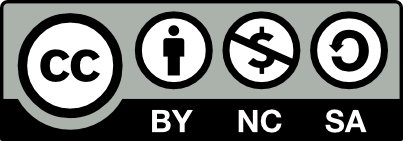Aplicación de un modelo de red neuronal para la clasificación de sistemas lacunares pampeanos
Palabras clave:
lagos, redes neuronales, cadenas tróficas, imágenes satelitalesResumen
The pampean shallow lakes present different distributions in their trophic chains, the latter being cause and consequence of the state of the lacunar systems. In order to determine how each of the measured variables —climatic, edaphic, morphometric, physicochemical and biological— in contributes to the general state of the lake, an Artificial Neural Network (ANN) model is built. The ANN is capable of processing a large number of variables and returning a classification that will allow determining it’s the trophic state. The information from satellite images is one of the input variables. Hence, on a first stage, the construction of a ANN model is intended to obtain a weight for each one of the visible specter bands and near infrared bands from LANDSAT and to pick the most representative value that the image returns. This value will be used as input to the ANN that will be then trained to return a classification of the shallow lakes according to the three observed patterns in the relation between phytoplankton, zooplankton, fish and their link with to nutrient abundance and watershed management.






















